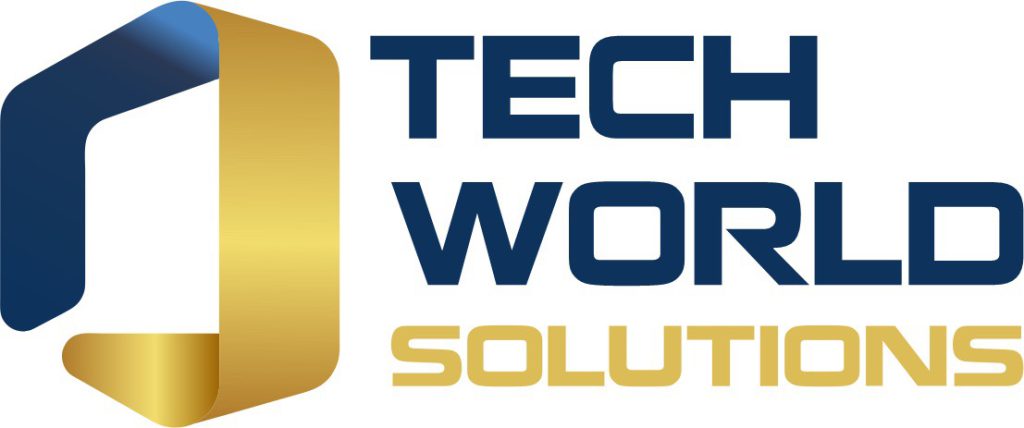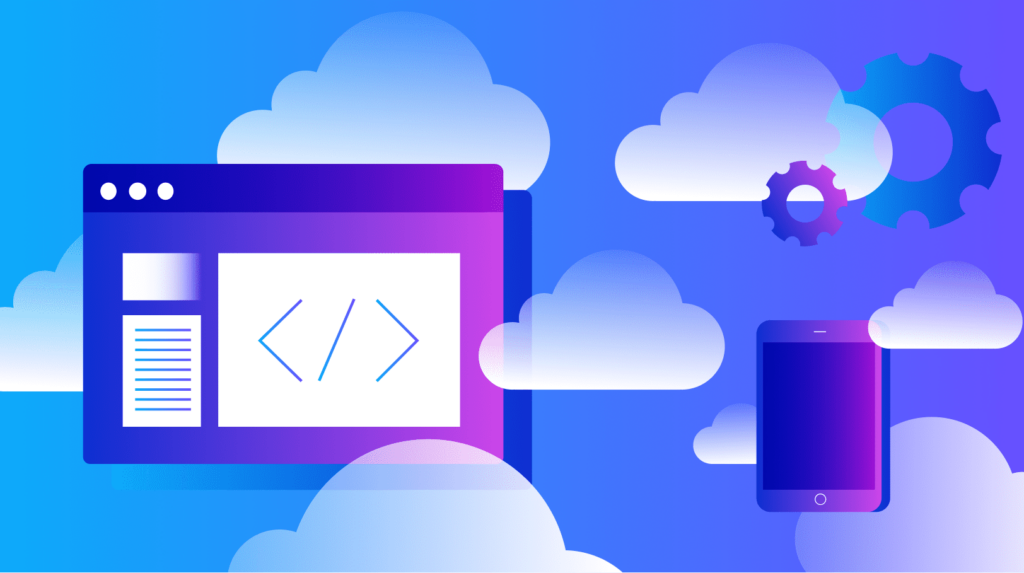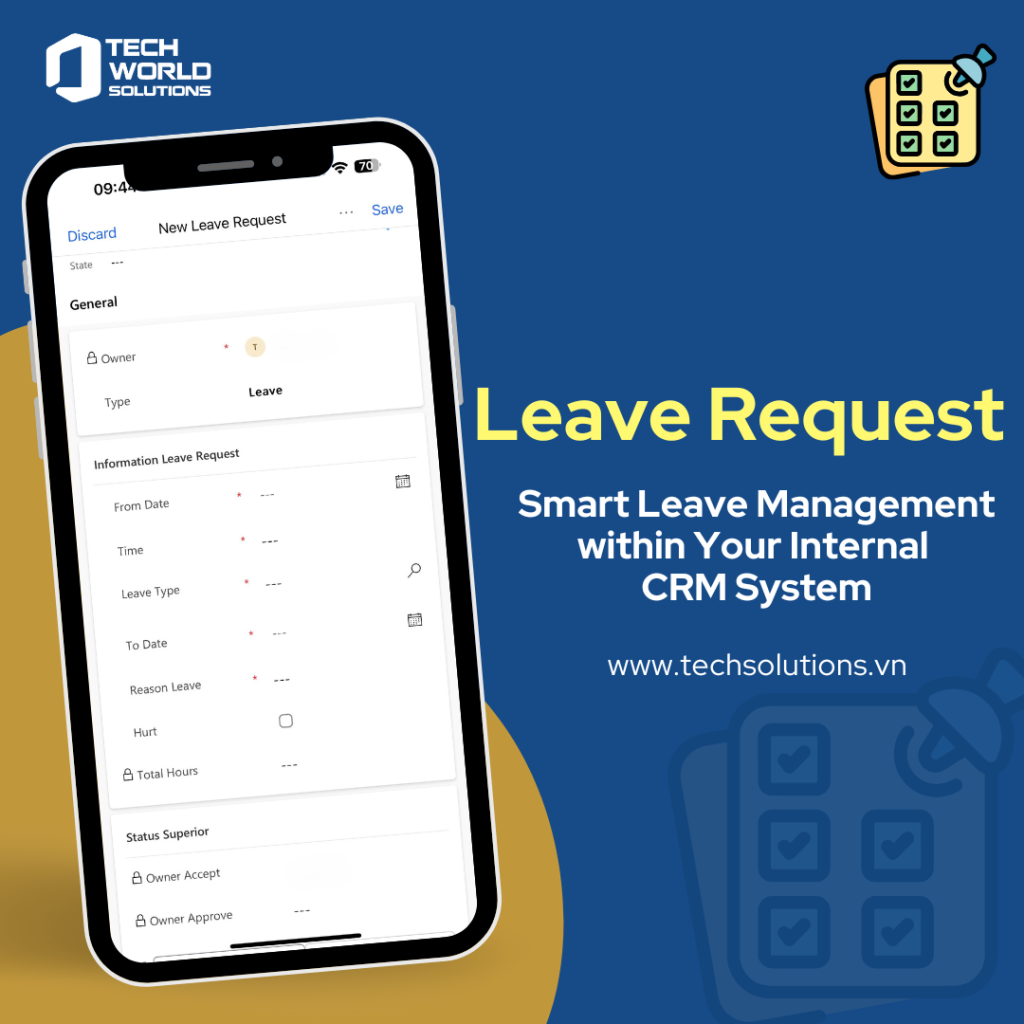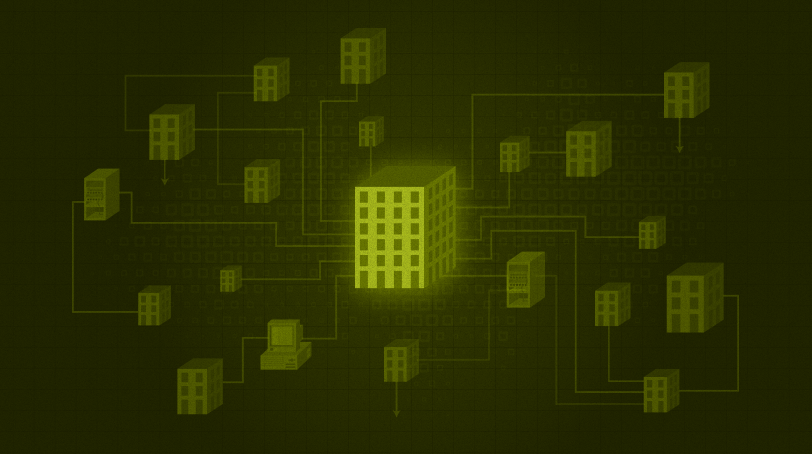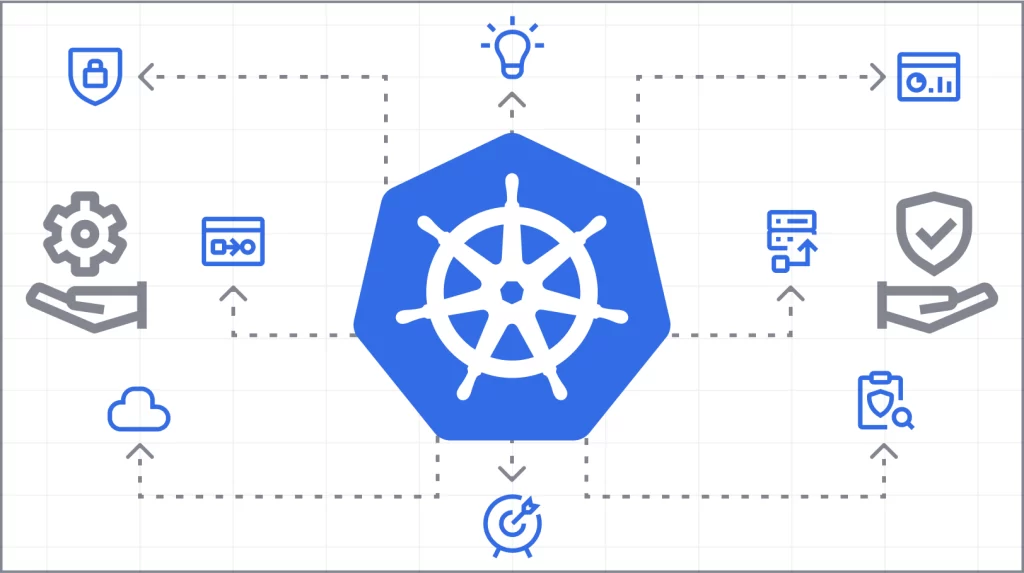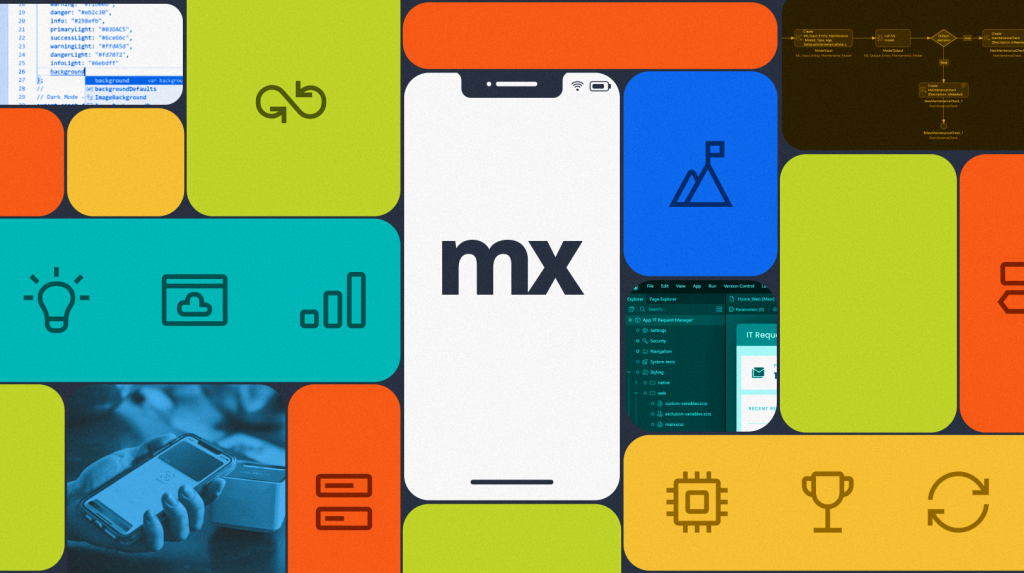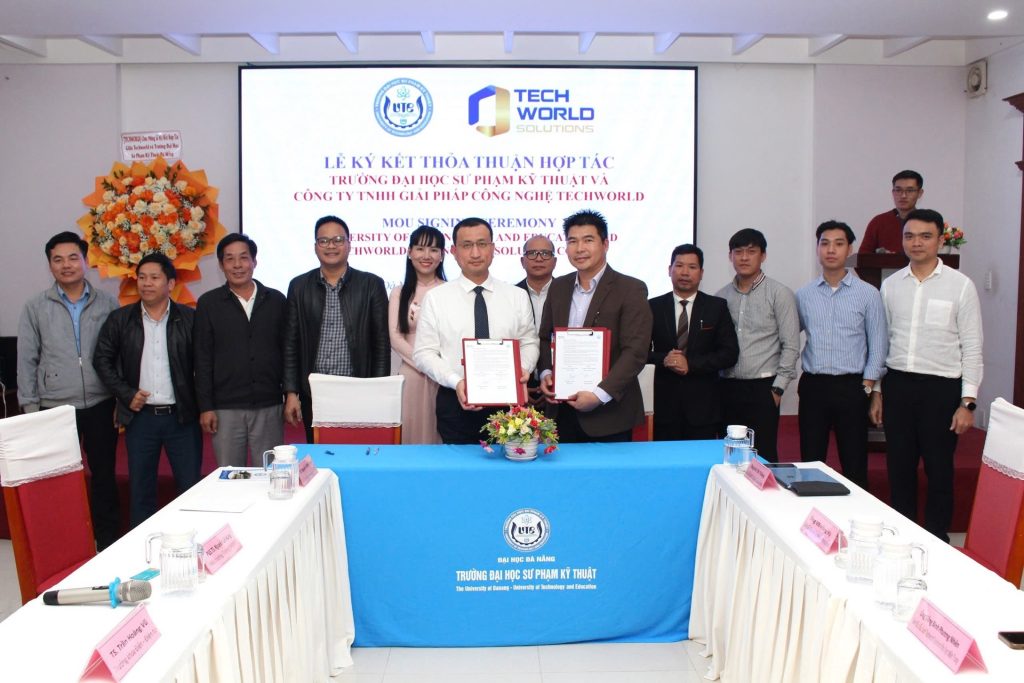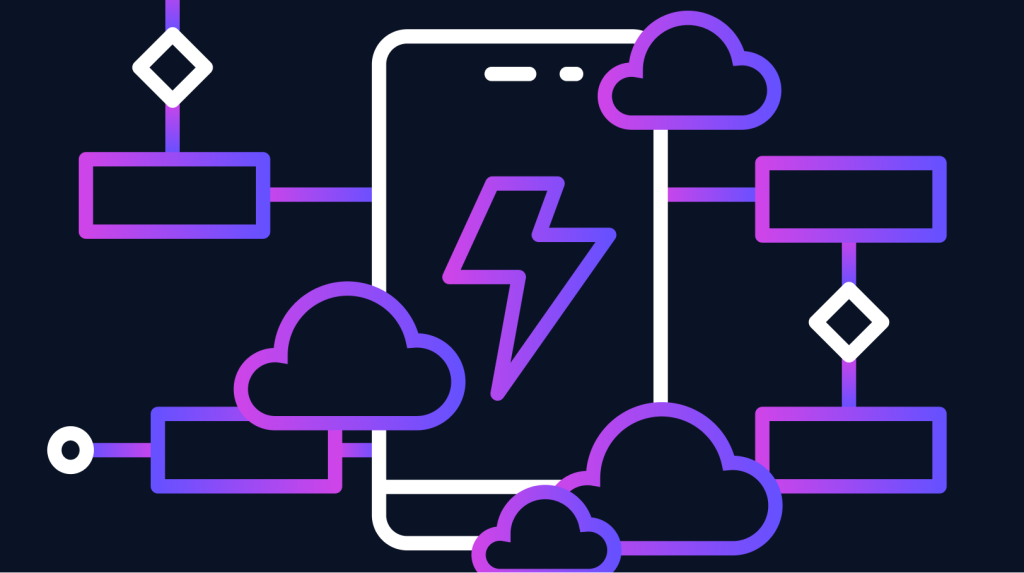Cloud-Native Applications: Examples, Benefits and Development Methods
Cloud-native application development is an approach that focuses on how you build and deploy an app.
An application that is truly cloud native provides a consistent user experience—no matter if it’s on a public, private, or hybrid cloud.
This method of application development prepares you for both the present day and the future. You can build and update apps quickly, at a higher quality, and with less risk than other methods. In this blog post, we will review cloud-native examples so you can learn the benefits of this innovation.
What is cloud-native software?
You might be familiar with the “cloud,” the term of art for data storage over servers accessed remotely.
Cloud-native applications are designed to work across the cloud, both embedded in its architecture and facilitating cloud access. The benefits of cloud-native software include resiliency and efficiency associated with cloud operations, as well as lightweight and flexible design suited for the task.
Why consider cloud-native applications?
Cloud-native applications take advantage of platforms and processes that were born in the cloud. They’re highly scalable, easy to change, and connect to cloud services to extend capabilities without a lot of coding.
According to TechTarget, modern developers design, build, and deliver cloud-native applications with the scalability of the cloud in mind. Cloud-native applications typically use one or more constructs that originated in the cloud.
To take full advantage of cloud-native development, think differently about how you build software. Traditional approaches, with their exhaustive specifications and six-month lead times, need to give way to iterative processes that deliver functionality as quickly as services.
4 examples of cloud-native applications
1. Software Containers
Software containers are portable, integrated operating environments encompassing an application and all the software components it needs to run.
Containers have become a wildly popular alternative to complex virtual machines because they are:
Once you write an application in a container, you can move it to any platform that supports containers (which is most of them), and the application will run without a hitch. Your application isn’t bound to a single cloud platform — it can run on any device with enough support resources, from a laptop to a supercomputer.
2. Microservices
Microservices are loosely coupled software services that can be strung together to create an application.
This saves developers from having to reinvent the wheel and makes applications flexible and extendable. Applications composed of microservices are pieced together like Lego blocks with minimal custom coding, facilitating faster and more reliable development. You can swap or add in new services without extensive integration testing.
3. Software-Defined Infrastructure
Replacing switches, dials, and plugs with software almost entirely virtualizes hardware functionality. This makes it easy to:
- Scale capacity up and down
- Reallocate resources
- Start and stop services automatically
Cloud-native applications assume that the underlying infrastructure is fluid and adaptable to their needs.
4. Application Program Interfaces (APIs)
APIs are software connectors that expose functionality that other software can use.
They make it easy to extend or customize applications without touching the underlying code, which is a good practice to avoid in general. APIs also enable developers to tap into rich functionality in other applications.
A good example of an API-enabled application is Google Maps. With Google Maps, a developer of a real estate application can integrate mapping functionality from Google into its program by requesting geographic information using APIs. Without needing to build map functionality from scratch or install an application on their server, imagine how much time the developer can save.
3 benefits of cloud-native applications
What makes cloud-native development so valuable? The following qualities have savvy companies paying attention:
1. Adaptability
Cloud-native applications can change with the needs of the business without creating dependencies that lock customers into a particular version of the software.
For example, if a company wants to make an application available on mobile devices, it can build the mobile front end and use APIs to access data on the server without modifying any code on the back end. This loose coupling makes it possible to make changes to either application without breaking it.
2. Scalability
Cloud-native applications use software-defined infrastructure to reduce or eliminate hardware dependency. This approach adds commodity servers for horizontal scalability rather than requiring the addition of more expensive processors, storage, and memory to existing servers.
Horizontal scalability is what makes massive cloud services like Amazon and Facebook possible.
3. Portability
Using containers, developers can write applications that run on everything from a smartphone to a mainframe without changing the code. With the growing popularity of “edge computing,” a distributed processing architecture that pushes automated decisions to the far reaches of the network, it’s ideal to have the ability to deploy applications wherever they’re needed.
Legacy systems vs. cloud-native architecture
Most legacy applications can run in the cloud, but they can’t take advantage of the extensibility, scalability, and portability benefits that cloud-native architecture provides.
Legacy systems can still benefit from running on cloud platforms, and there can still be significant value in using APIs or building extensions on top of them using microservices.
For example, you can replace “green screens” from the mainframe days with graphical user interfaces (GUIs) by selectively exposing input and output fields via APIs that map to GUI-based primitives. Some legacy applications can be completely encapsulated in containers to take advantage of cloud scalability and portability without requiring any code changes.
When legacy systems fail to update beyond server-centric architectures, there is greater inefficiency, bottlenecks, and mismanaged systems. Cloud-native apps, however, are inherently adaptable solutions that offer freedom and flexibility to users and developers.
How to build a cloud-native application
Working directly with containers, microservices, and APIs is not a task for beginners. However, a low-code platform reduces much of the complexity associated with traditional development methods.
When selecting a provider, ask if the low-code platform supports the cloud-native constructs described above and look for a full-featured platform-as-a-service. It should include a comprehensive set of tools for development, operations, and maintenance.
Many low-code development tools were built before cloud-native technologies came into widespread use. Developers may have retrofitted them to run in the cloud, but there’s a vast difference between being cloud-native and cloud-compatible.
Cloud-native development focuses on how you build and deploy the applications, not where, according to InfoWorld. New agile development methodologies used by cloud-native firms emphasize modularity, reusability, and frequent code releases. Developers must think in terms of tapping into services that are already available instead of building their own. Because new services are easy to add, it’s often simpler for the developer to show the end-user customer a new feature in action than to write a spec for it.
There’s no place for “not invented here” thinking when building cloud-native applications. Creativity is expressed in the services developers tap into to create features that delight users. That’s a reward in itself.
- Sự Tiến Hóa Tiếp Theo Của Mendix Cloud: Đón Nhận Kubernetes Để Xây Dựng Nền Tảng Sẵn Sàng Cho Tương Lai
- How the Mendix Platform Ecosystem Accelerates Business Impact
- Redefine strategies with Dynamics 365 Business Central
- CSRD Compliance: A Low-Code Approach to Sustainability Reporting
- Research Shows How Employee Experience Impacts Customer Experience
Bài viết cùng chủ đề:
-
Leave Request – Quản lý nghỉ phép thông minh trong một mô-đun CRM duy nhất
-
Techworld Solutions Đồng Hành Cùng UTE Trong Đào Tạo Nhân Lực Chất Lượng Cao
-
Microsoft Office chính thức chuyển thành Microsoft 365
-
Epicor Asia & Techworld Solutions Vietnam Chính Thức Công Bố Quan Hệ Đối Tác Chiến Lược, Mở Rộng Hệ Sinh Thái Giải Pháp Tại Việt Nam và Khu Vực
-
Chúc mừng đội ngũ Microsoft!
-
Giá trị của Microservices Doanh Nghiệp với Low-Code
-
Sự Tiến Hóa Tiếp Theo Của Mendix Cloud: Đón Nhận Kubernetes Để Xây Dựng Nền Tảng Sẵn Sàng Cho Tương Lai
-
Optimizing Production with Epicor ERP – Specialized Solutions for Complex Industries
-
Addressing the Knowledge Gap
-
AI-Assisted Development in Action with Mendix
-
Empowering Mobile Innovation
-
How to Upgrade Legacy Systems to Compete in the Cloud Age
-
TECHWORLD SOLUTIONS VIỆT NAM VÀ ĐẠI HỌC SPKT ĐÀ NẴNG KÝ KẾT HỢP TÁC TRIỂN KHAI TRUNG TÂM NGHIÊN CỨU & ĐÀO TẠO CÔNG NGHỆ SỐ
-
How to Architect Your Mobile Customer & Employee Experiences
-
PVI Gia Định Partners with Techworld Solutions Vietnam to Revolutionize Insurance Management
-
ESEC Group Partners with Techworld Solutions Vietnam to Implement Microsoft Dynamics 365 ERP
